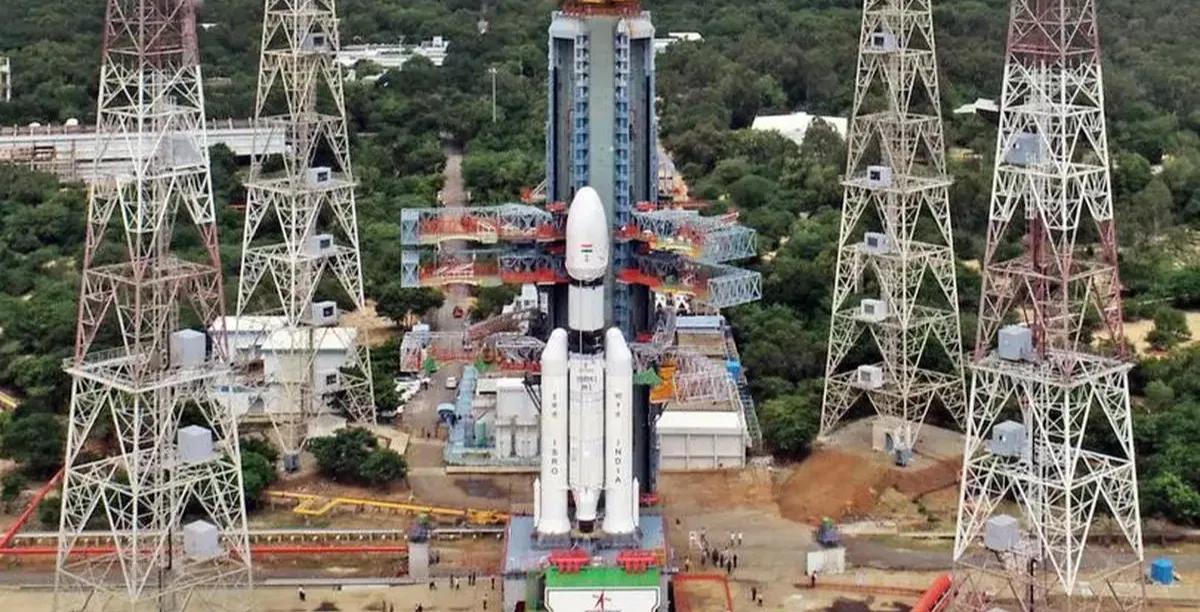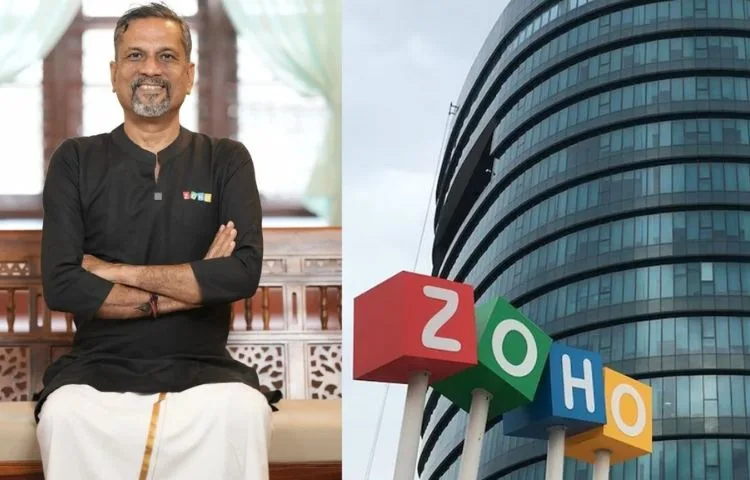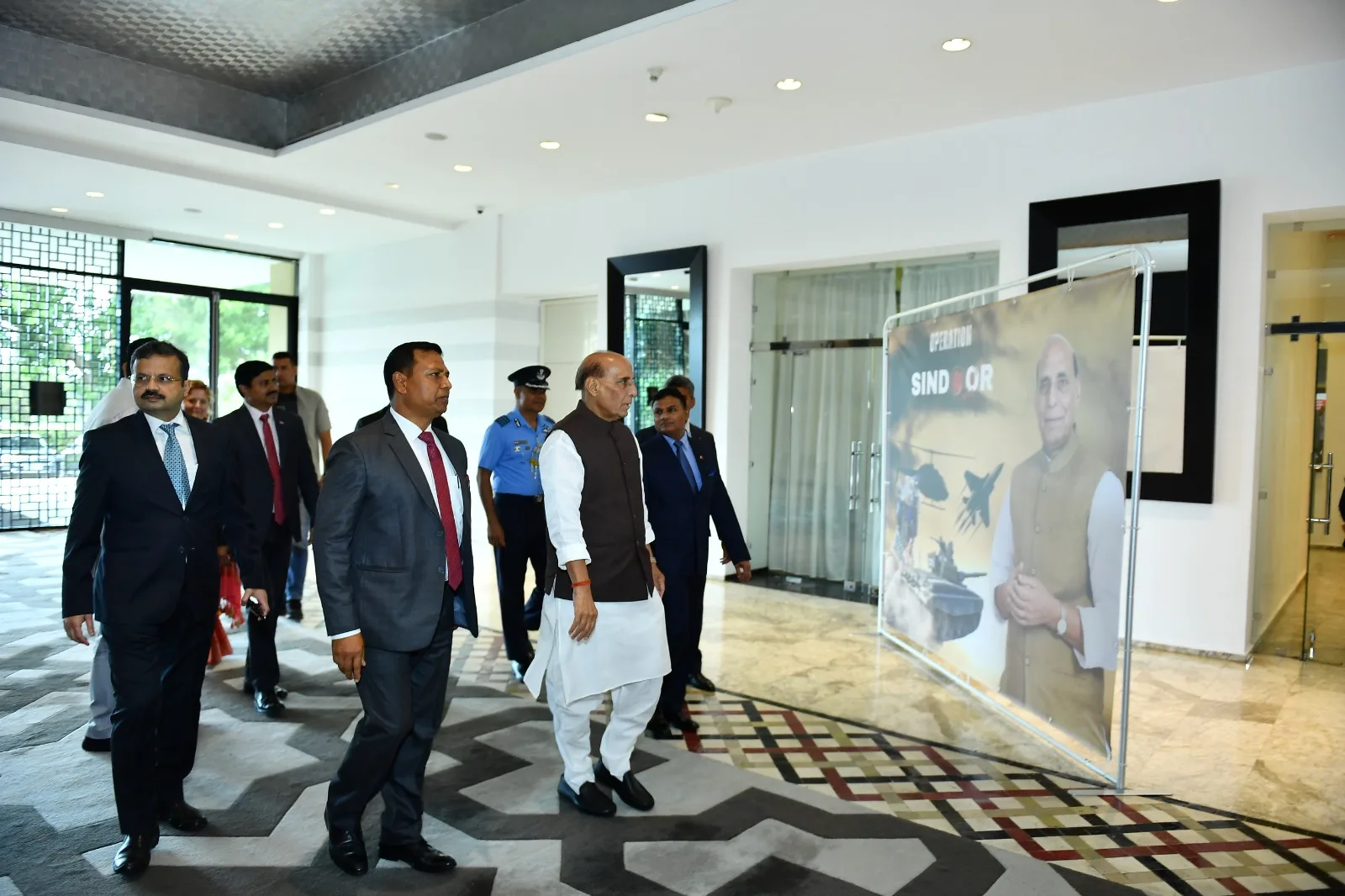Sriharikota, November 2, 2025 — India has scripted yet another historic chapter in its space journey. The Indian Space Research Organisation (ISRO) today successfully launched the CMS-03 (GSAT-7R) satellite — India’s heaviest communication satellite ever lifted from Indian soil — aboard the country’s most powerful rocket, the LVM3-M5, from the Satish Dhawan Space Centre, Sriharikota.
The successful liftoff marks a new milestone in India’s march toward technological sovereignty in heavy satellite launches, bridging the final gap between its global ambitions and domestic capabilities.
Mission at a Glance
Satellite name: CMS-03 (GSAT-7R)
Weight: ~4,410 kg
Launch vehicle: LVM3-M5 (“Bahubali”)
Launch site: Sriharikota, Andhra Pradesh
Orbit: Geosynchronous Transfer Orbit (GTO)
Launch time: 5:26 PM IST, November 2 2025
Mission life: 10–12 years
Primary user: Indian Navy (Strategic communications)
A Strategic Satellite for a Strategic Era
CMS-03 is part of India’s GSAT-7 series, which provides dedicated communication capabilities for India’s armed forces. Once operational, it will replace and expand the capabilities of the ageing GSAT-7 and GSAT-7A satellites.
Equipped with multi-band transponders (UHF, C, Ku, and Ka bands), CMS-03 will vastly improve real-time connectivity between naval assets spread across the Indian Ocean, Arabian Sea, and Bay of Bengal. It will enhance secure communications among warships, submarines, and aircraft — strengthening India’s maritime dominance and regional deterrence.
In addition to its defence role, the satellite is expected to support disaster management, secure government networks, and remote connectivity for national infrastructure.
‘Heaviest from Indian Soil’: Why It Matters
Until now, ISRO’s heaviest communication satellite, GSAT-11, weighing nearly 5.9 tonnes, was launched in 2018 aboard a European Ariane-5 rocket from French Guiana. The CMS-03 mission, although slightly lighter, is the heaviest payload ever launched from Indian territory using an Indian rocket.
This achievement demonstrates that India has entered an elite league of nations capable of launching heavy payloads domestically, reducing dependence on costly foreign launch services.
It’s not merely a technical feat — it’s a symbol of national maturity and strategic independence in the global space order.
The Bahubali of Rockets: LVM3-M5
Known affectionately as “Bahubali”, the Launch Vehicle Mark-3 (LVM3) is India’s most powerful operational rocket, capable of lifting 4-tonne payloads to GTO and 10-tonne payloads to Low Earth Orbit (LEO).
The LVM3 has earlier carried the Chandrayaan-3 lunar mission and Gaganyaan test modules, proving its reliability and versatility. With CMS-03, it has demonstrated its ability to carry heavier, communication-class payloads, a requirement for India’s future deep-space and defence missions.
A Step Toward Space Self-Reliance
The CMS-03 mission embodies Atmanirbhar Bharat in the space domain. For decades, India’s heaviest communication satellites had to rely on European launchers due to payload limitations. But the LVM3 platform, continuously upgraded by ISRO, has changed that story.
By mastering high-thrust cryogenic engines and precision staging, ISRO can now fully design, build, and launch heavy satellites indigenously, saving both time and money.
This breakthrough also strengthens India’s emerging commercial space sector, opening opportunities for ISRO and private partners to offer heavy-payload launch services to foreign clients — a lucrative global market worth billions of dollars.
Expanding India’s Orbital Footprint
With CMS-03, India now possesses one of the most advanced communication satellites in Asia. The expanded network will ensure seamless, secure connectivity across the subcontinent and beyond, including the vast Indian Ocean Region (IOR) — a domain of increasing geopolitical contest.
The mission also reinforces India’s vision to establish a comprehensive space-based communication and surveillance infrastructure, in line with national security and developmental needs.
Beyond This Launch: What’s Next for ISRO
The success of LVM3-M5 comes at a time when ISRO is accelerating multiple ambitious projects:
Gaganyaan Human Spaceflight Mission (2026 target)
NGLV (Next-Generation Launch Vehicle) capable of 8–10 tonne payloads
Chandrayaan-4 and Venus Mission (Shukrayaan-1)
Aditya-L2 Solar Observatory and Space Station module development
Each of these missions will draw from the technological backbone strengthened by LVM3’s success.
The Larger Takeaway: India’s Space Power in a New Era
- Strategic Autonomy:
Launching the heaviest satellite from home soil reduces external dependency and demonstrates India’s ability to defend and communicate independently in space — a domain increasingly vital for modern warfare and governance. - Economic Leverage:
Mastery of heavy-lift rockets enhances India’s competitiveness in the $400-billion global space economy, attracting commercial launches and collaborations. - Technological Prestige:
LVM3’s consistent performance places India alongside the US, Russia, China, and the EU as major heavy-lift space powers. - Civil-Military Integration:
Dual-use technologies like CMS-03 benefit both national defence and civil infrastructure — bridging security with development. - Inspiration & National Confidence:
The success reinforces India’s image as a nation capable of engineering excellence, strategic foresight, and scientific leadership in the 21st century.
The launch of CMS-03 aboard LVM3-M5 is far more than a technological achievement — it’s a statement of intent. India is no longer a peripheral player in space; it is emerging as a self-reliant, full-spectrum space power capable of designing, building, and deploying its most critical assets independently.
With each successful launch, ISRO not only sends a satellite skyward but also uplifts the aspirations of a nation — proving that in the boundless expanse of space, India’s ambitions truly know no limits.











